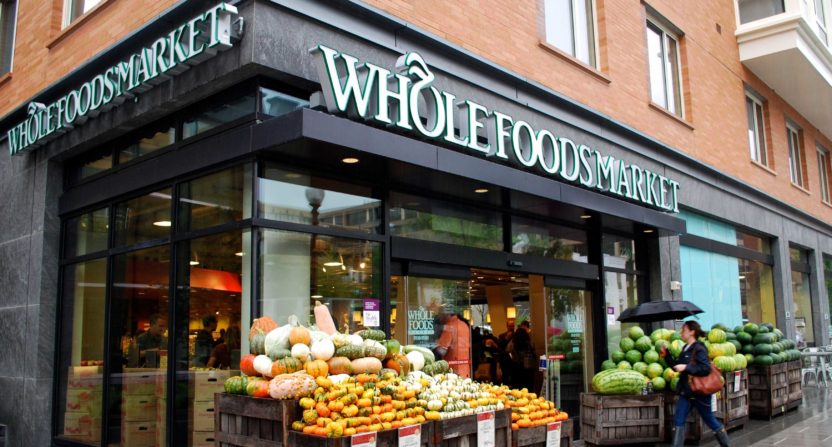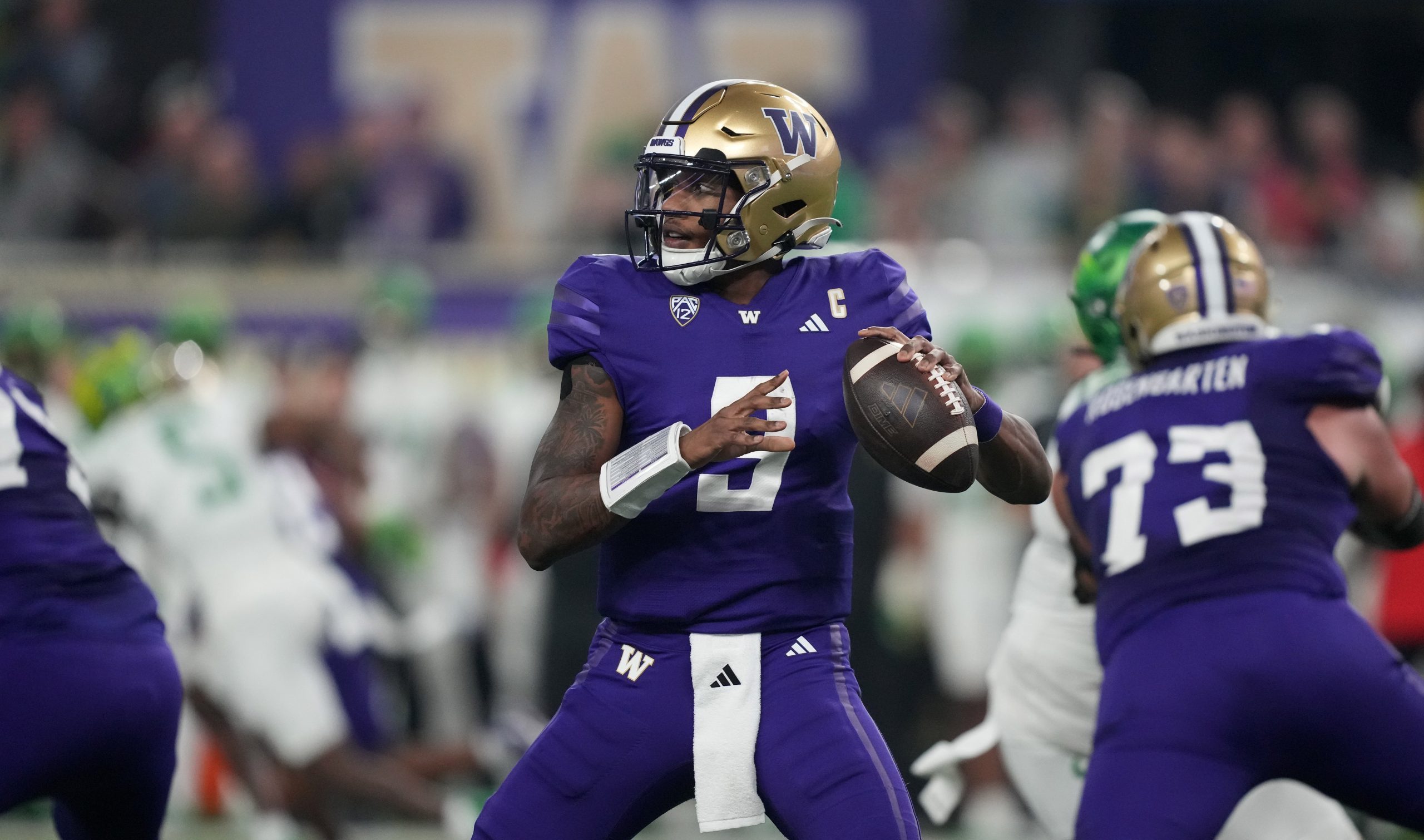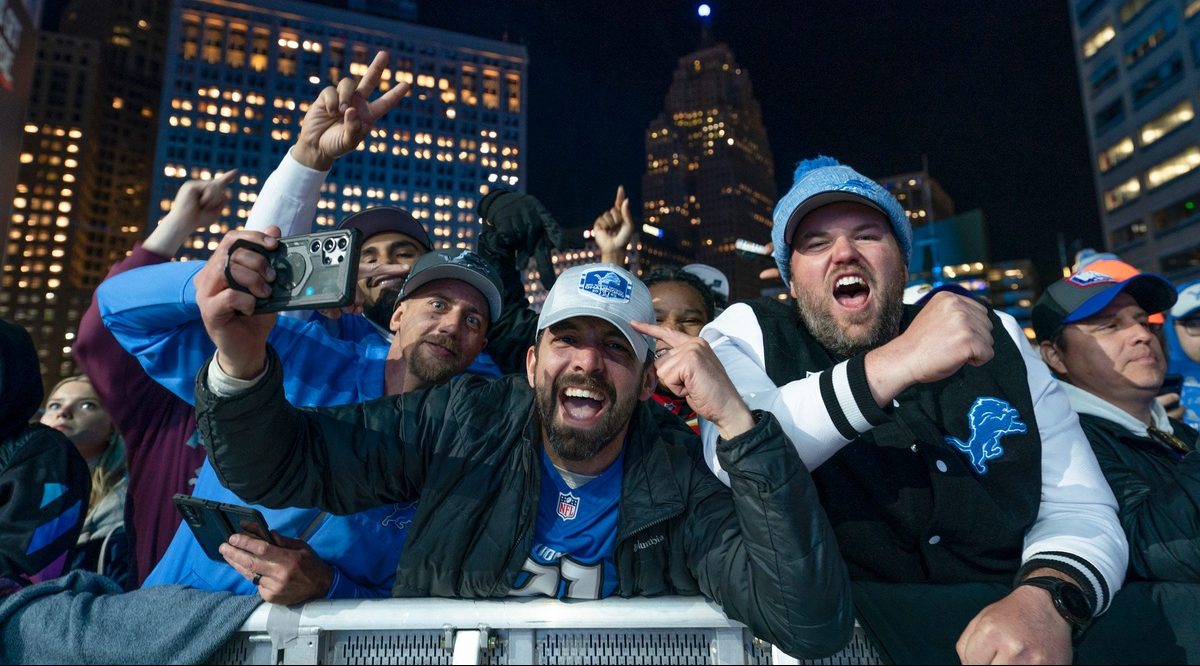When Amazon bought Whole Foods, there was a lot of talk about lower prices, more options, and streamlined operations. It’s debatable as to whether or not the prices are really lower all-around, but one curious reality that has presented itself in recent weeks is shoppers reaching for their favorite salad or uncooked meat and finding the entire shelf empty. As in, there is literally nothing for sale in an entire category of food at Whole Foods, which, by its name, should be full of the foods.
https://twitter.com/claytoncubitt/status/954036507039424520
https://twitter.com/PlantramaPod/status/949803539622219776
So what in the name of first-world problems is going on here?
Business Insider spoke with several Whole Foods employees and discovered that the problem isn’t Amazon, it’s the archaic buying system that Whole Foods implemented early last year before they were sold.
The system is called order-to-shelf, or OTS, and is designed to “streamline and track product purchases, displays, storage, and sales.” There’s no more need (apparently) for stock rooms and employees simply carry food items directly from the delivery trucks to store shelves. The point of the system was to help Whole Foods cut costs, manage inventory better, reduce its waste, and keep storage to a minimum. It all sounds great in theory, but in practice, it’s been something of a disaster.
“At my store, we are constantly running out of products in every department, including mine,” an assistant department manager of an Illinois Whole Foods told Business Insider. “Regional and upper store management know about this. We all know we are losing sales and pissing off customers. It’s not that we don’t care — we do. But our hands are tied.”
“The system is now set up to pretty much only have enough product to keep the shelf full and no extra,” an employee of a store in Sacramento, California, told Business Insider. She said her department’s back-stock area was now 25% of the size it was before the implementation of OTS.
“Last week, we ran out of onions and potatoes twice,” an employee of a Brooklyn Whole Foods store said. “Entire aisles are empty at times.”
While Whole Foods praised the system they installed it, and other retailers are implementing similar ones, including potential Amazon acquisition Target, the reality is that by creating a system that doesn’t allow for backup product or unforeseen buying runs, you’re setting yourself up for disaster in the form of empty shelves with nothing to sell.
The good news is that Whole Foods is now owned by perhaps the best company in the world when it comes to figuring out logistics and point-of-sale ordering. It just might take a little longer for Amazon to undo all the mistakes made before they arrived.
[BI]







